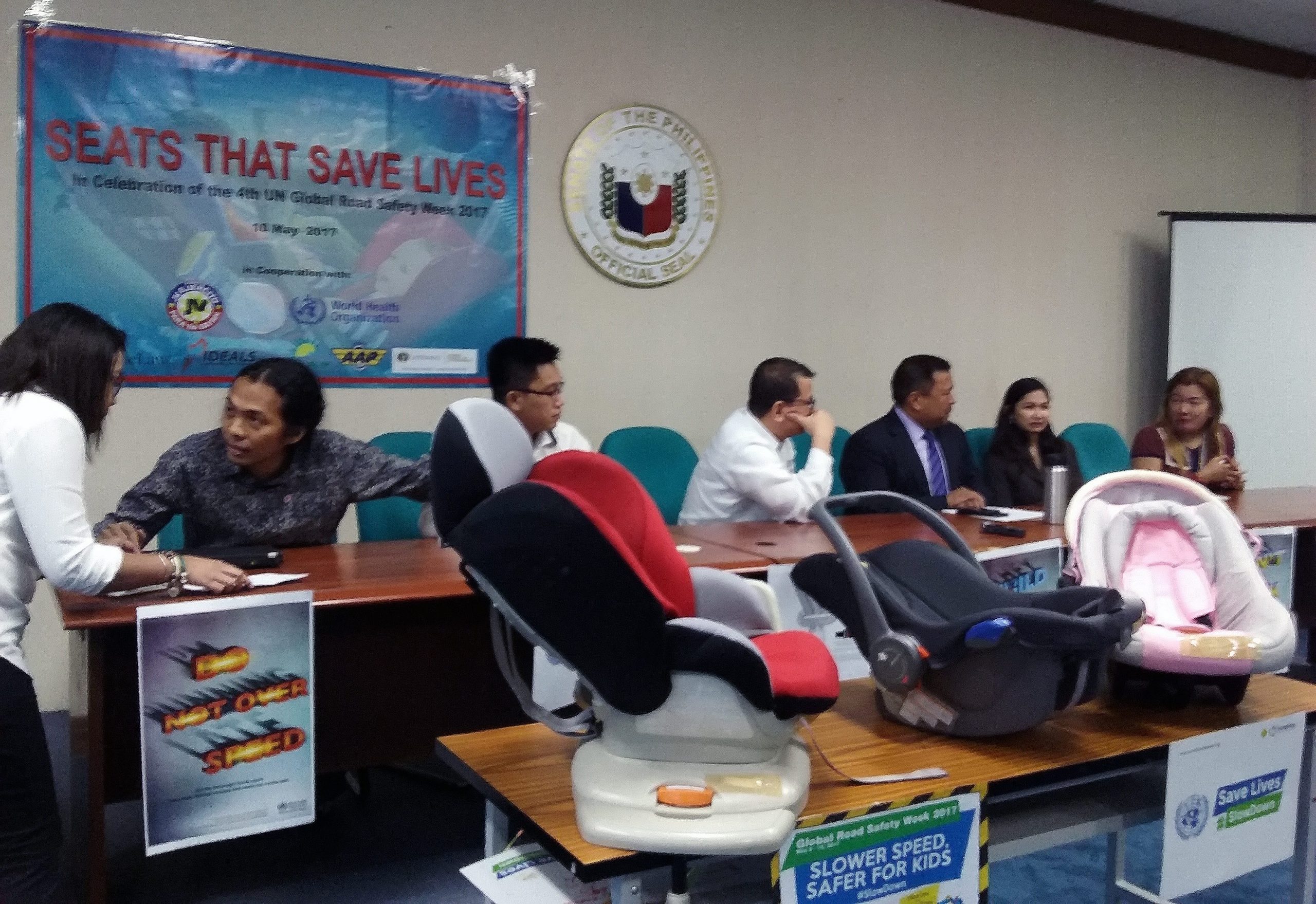(This article was first posted on GMA News Online)
You’re driving along, minding your own business, and
obeying the rules of the road. Suddenly, a police officer signals you
to pull over. You stop. He tells you that he wants to give you a breath
test to measure the amount of alcohol in your system.
Do you cry “invasion of privacy”? You could, if you were driving in
the Philippines. Here, a law enforcer cannot just stop any driver to
give a breath test for alcohol.
It’s a long story: The Philippines does have a drink driving law in Republic Act (RA) 10586. It is known as the “Anti-Drunk and Drugged Driving Act of 2013.”
RA 10586 states that the law enforcer first needs to have “probable
cause” to believe that the driver has had too much to drink. This means
that he first needs to witness a traffic violation—such as lane
straddling or speeding.
Only then can the law enforcer flag down a driver. At first, he
conducts 3 field sobriety tests. If the driver fail any of the tests,
then the law enforcer can use a breathalyzer to determine his blood
alcohol concentration level.
Random breath testing to detect alcohol
is a highly visible exercise. Such tests could be encountered anywhere
and at any time in the land Down Under. Photo: WHO/Passmore
In the land Down Under, though, it’s an entirely different story.
Australian law allows for random breath testing (RBT). This means that
the police can stop any driver at any time for breath testing. The
driver need not behave in a way that suggests he is drunk.
“RBT is conducted by police in static, highly visible checkpoints or
by mobile police on normal patrol duties,” write researchers Kiptoo
Terer and Rick Brown in
their paper. “Drivers are determined to be impaired if their blood alcohol concentration (BAC) exceeds a legally prescribed amount.”

Legal advice
Can someone refuse a random breath test in Australia? FindLaw Australia strongly advises against it.
Refusing to take a breath test is treated as a serious offense, says
the FindLaw team. In Queensland for example, anyone who refuses to take a
breathalyzer test faces a fine of A$4,000—a whopping ?147,700—or six
months in prison. In addition, “anyone who gives an unsatisfactory
sample, such as trying to blow a little lighter so there may be no
reading, will be judged to have refused a breath test and is guilty of
an offense.”
And think again before attempting to do the old switcheroo with
someone who had been drinking and driving: “The police can also request a
breath test from a passenger of a vehicle who they reasonably believe
was a driver.”
“RBT is a leading drink driving countermeasure implemented throughout
Australia,” say Terer and Brown. The country’s experience with RBT
since the 1980s shows that it saves lives.
- In New South Wales, the introduction of RBT in 1982 initially
reduced fatal crashes by 48% over a period of four and a half months.
Subsequently, RBT lessened fatal crashes by an average 15% over a
10-year period. - RBT led to a reduction in fatal crashes of 35% in Queensland and 28% in Western Australia over a four-year period.
- Static, highly visible RBT checkpoints in Victoria in 1990 led to a
19% net decrease in fatal crashes during peak hours of alcohol
consumption.
Elsewhere, RBT has also had positive outcomes, say the Australian researchers.
- In Finland, RBT led to a 58% decrease in drink driving between 1979 and 1985.
- In New Zealand, the introduction of RBT in 1993 led to a reduction
in fatal and serious crashes of 38% in rural areas and 35% in urban
areas during high alcohol hours. - In Ireland, the introduction of RBT led to a 19% decrease in road fatalities in 2006.
RBT is a cost-effective road safety measure, too.
- A 2004 study in New Zealand found
the cost-benefit ratio was 1:14.4 for RBT alone, 1:18.8 for RBT coupled
with a media campaign, and 1:26.1 for RBT with both a media campaign
and “booze buses.” These are “large, specially equipped vehicles used
for evidentiary breath testing, which are typically very distinctive in
order to attract the attention of nearby road users.” - A 2004 report by the World Health Organization stated that each dollar spent on RBT results in a cost saving of $19.
- In New South Wales, Australia, the estimated cost-benefit ratio of random breath testing ranged from 1:1 to 1:56.
Have your say!
Despite RA 10586, the dearth of breathalyzers in the Philippines has
tied the hands of law enforcers. There are only 150 breathalyzers in the
entire archipelago. There are simply too few of the gadgets to test
enough drivers and to deter them from drunk driving.
Let’s imagine for a moment, though, that there are enough
breathalyzers in the country. Would drivers be in favor of introducing
random breath testing?
Motoring journalist James Deakin is all for it. “If we were serious
about RA 10586, they could introduce the random breath testing vans… at
key exits of the city or night spot areas or even car parks,” he says in
an email interview. “Have these professionally manned and with CCTV so
there’s no foul play.”

But what about those who will cry “invasion of privacy”? Deakin
believes random breath testing is “less invasive than any airport or
mall security check we go through.” So please, he appeals, “let’s not
sweat the petty stuff.”
Dinna Louise C. Dayao (dinnadayao@gmail.com) is an independent
writer-editor. In September, she attended Safety 2016, a major injury
prevention conference in Finland, with support from the ICFJ-WHO Safety
2016 Reporting Fellowship Program and Bloomberg Philanthropies.






